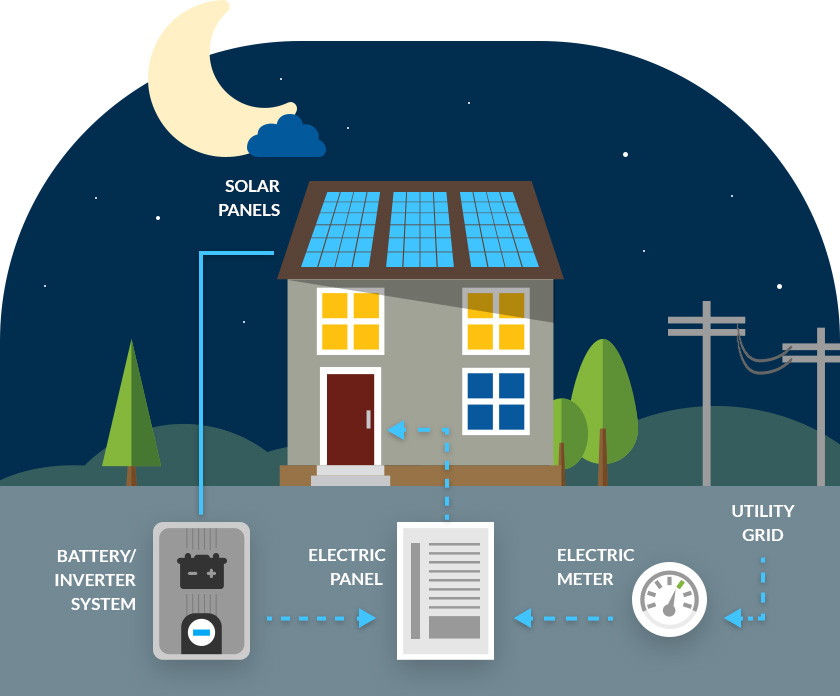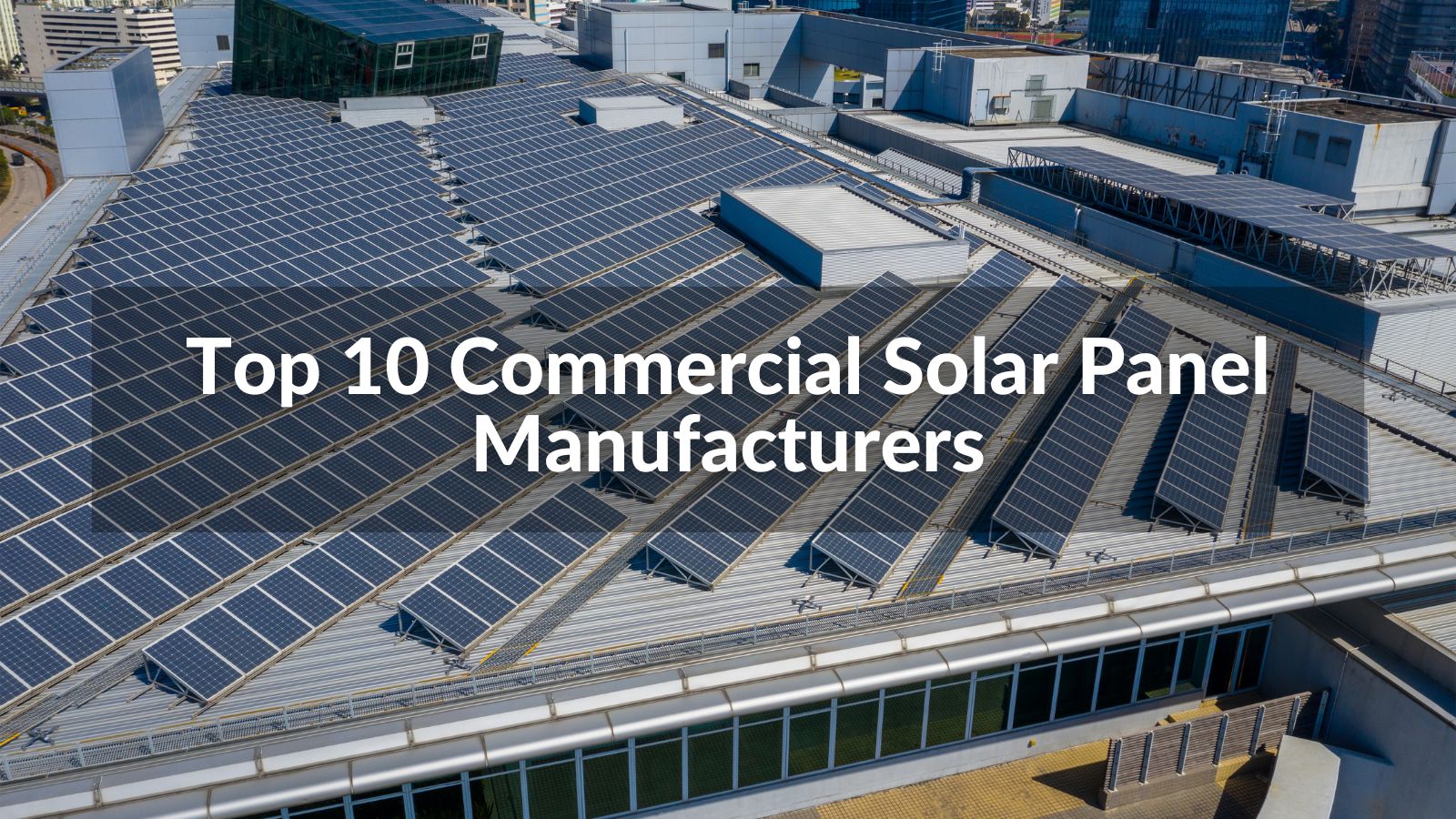Getting My Commercial Solar Panels Virginia To Work
Getting My Commercial Solar Panels Virginia To Work
Blog Article
Net Metering Virginia: Lumina Solar Specializes In Supplying Advanced Photovoltaic Solutions For Residences And Organizations
History and Establishing
Have you ever wondered how a solar panel business springs from a simple trigger of motivation into a powerhouse of renewable resource? It often begins with a vision-- one sustained by a blend of development, decision, and a pinch of serendipity. The journey of lots of solar business mirrors the development of the technology itself: from large, ineffective panels to smooth, high-efficiency marvels utilizing the sun's bounty.
The Early Days
In the late 20th century, when solar power was still a niche principle, leaders planted seeds for what would become an international motion. Think of a little workshop filled with curious engineers, tirelessly explore photovoltaic cells. Their passion was palpable, frequently driven by a desire to fight climate change and lower dependence on nonrenewable fuel sources.
One such anecdote has to do with a founder who, motivated by a camping journey, realized that even in remote areas, the sun might power important gadgets. This simple observation sparked a company's objective to equalize access to clean energy.
Establishing Concepts

- Innovation: Constantly pushing the limits of solar innovation to enhance performance and durability.
- Sustainability: Committing to environmentally friendly manufacturing and minimizing carbon footprints.
- Availability: Making sustainable energy options economical and practical for everyday users.
Milestones in Development
| Year | Key Occasion |
|---|---|
| 1985 | Company established in a little garage, concentrating on research study and advancement. |
| 1995 | Industrial solar panel item released, gaining local attention. |
| 2005 | Broadened to global markets, accepting international renewable resource goals. |
| 2015 | Introduced advanced photovoltaic panel innovation with boosted energy conversion. |
Isn't it interesting how these incremental actions, typically overlooked, shape the energy landscape today? The solar panel company story is not just about technology; it's about a relentless quest for a brighter, cleaner future.

Developments in Photovoltaic Panel Technologies
Ever observed how some solar panels shine brighter and last longer? It's not magic; it's the science of photovoltaic effectiveness. Modern solar panel companies invest heavily in technologies like bifacial cells, which catch sunlight from both sides, boosting energy harvest without expanding roof space. Have you ever questioned why some panels carry out better on cloudy days? That is because of advances in thin-film solar technology, which grows under diffused light conditions.
Product Variations Tailored to Distinct Requirements
One size never ever fits all. Photovoltaic panel providers now use:
- Monocrystalline panels for optimum performance and sleek aesthetic appeals, perfect for space-constrained roofs.
- Polycrystalline panels, which use an affordable alternative without sacrificing excessive output.
- Building-integrated photovoltaics (BIPV), merging solar tech effortlessly into architectural elements like windows and facades.
Selecting the ideal item isn't just about in advance cost; it has to do with matching your environment, energy goals, and long-lasting cost savings. Homes shaded by trees need panels that excel in low-light circumstances, something many overlook until energy costs climb suddenly.
Technical Tips for Optimum Choice
- Examine the temperature coefficient-- lower values mean panels lose less effectiveness on hot days.
- Search for panels with improved anti-reflective finishes to make the most of light absorption.
- Think about the panel's warranty not just for flaws, but for ensured power output over decades.
- Don't underestimate the importance of the inverter technology coupled with the panels; it can make or break your system's efficiency.
Beyond Panels: Emerging Patterns
Imagine solar panels that change their angle immediately to chase after the sun-- tracking systems are becoming more available, increasing yield substantially. Or solar tiles that mix invisibly into your roofline, transforming your home into a silent, self-dependent power generator. These innovations are improving what a photovoltaic panel company provides-- not just products, but incorporated energy solutions.
Market Presence and Global Operations
Ever wonder why some solar panel companies seem to sprout up in every corner of the globe while others hardly make a ripple? The difference lies not just in technology however in mastering the art of browsing varied markets. Expanding internationally is like planting seeds in different environments-- you need to understand each environment's special conditions to grow.
Take, for example, the complex dance of logistics and supply chain management. Delivering panels halfway throughout the world isn't almost range; it has to do with timing, custom-mades, tariffs, and adapting to regional demand variations. A company with robust worldwide operations anticipates these variables, guaranteeing panels arrive on schedule without pumping up expenses. This insight is no little feat and often separates industry leaders from fans.
Secret Methods for Expanding Market Existence
- Localized production: Establishing production hubs near target markets reduces shipping hold-ups and import intricacies.
- Strategic partnerships: Working together with local firms speeds up market penetration and builds trust.
- Adaptive product style: Customizing photovoltaic panel tech to weather, sun strength, and infrastructure nuances boosts efficiency and acceptance.
What about the human factor? Photovoltaic panel companies running internationally should reconcile cultural distinctions and regulatory subtleties without forgeting their core mission. For example, what operate in a sun-drenched desert may fail in a damp seaside region. Sometimes, the most ingenious service is just listening-- taking in local insights to improve technology and approach.
Specialists often recommend a phased rollout rather than a shotgun expansion. Why run the risk of overextension when determined growth develops sustainable momentum? Scaling wisely means balancing ambition with functional durability - Best Solar Panel Company Virginia. After all, in the race for sustainable energy supremacy, patience can be as important as website speed
Environmental Impact and Sustainability Practices
When solar panels initially emerged, lots of assumed they brought zero environmental baggage. The reality is more nuanced. The production of photovoltaic cells involves rare earth metals and energy-intensive processes, which can leave a sizable carbon footprint before the panels even reach rooftops. The true ecological expense depends heavily on the sustainability practices employed by the photovoltaic panel business throughout the lifecycle of their products.
How typically do we stop briefly to consider what takes place to photovoltaic panels at the end of their beneficial life? Unlike batteries or electronics, photovoltaic panels can last 25-30 years, however disposal and recycling pathways remain underdeveloped in numerous regions. A company committed to decreasing environmental harm will have a robust prepare for recycling photovoltaic products, restoring important silicon, glass, and metals to prevent landfill build-up.
Key Sustainability Techniques
- Using low-impact production techniques that reduce water and energy intake.
- Implementing closed-loop systems to recycle production waste back into new panels.
- Participating in transparent supply chain audits to make sure ethical sourcing of basic materials.
- Creating panels for simpler disassembly to assist future recycling efforts.
It deserves noting that some solar companies have actually pioneered innovative approaches, such as integrating naturally degradable components or using less harmful chemicals during fabrication. This not only lowers ecological strain but also sets a precedent for the industry. The question stays: can the solar industry really pivot towards a circular economy design without sacrificing effectiveness or cost?
Specialist Tips for Evaluating Sustainability
- Inquire about the company's dedication to carbon-neutral production and whether they balance out emissions.
- Investigate if they partner with certified recycling facilities devoted to solar panel waste.
- Try to find transparency reports detailing ecological effects and sustainability objectives.
- Think about the longevity and warranty of panels as an indirect procedure of resource effectiveness.
In the end, deciding for solar power must indicate more than just slashing electricity expenses; it's about supporting a future where energy is gathered responsibly and waste is attentively handled. Solar panel business that welcome this philosophy not only illuminate homes however also cast a brighter light on sustainable development.
Report this page